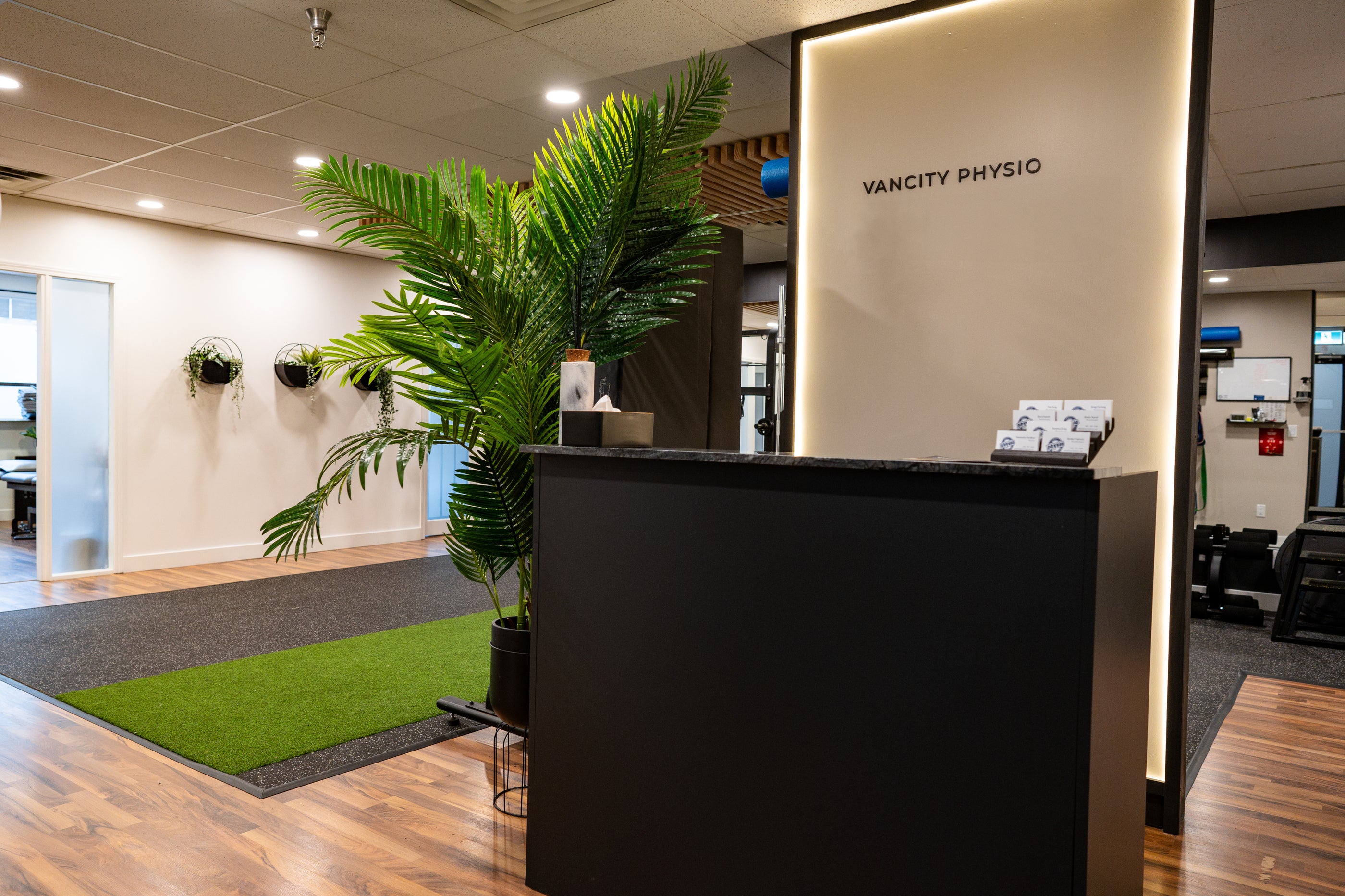You may not be familiar with the term, “patella-femoral pain” but you may be familiar with the more commonly referred to term “runner’s knee.”
It’s often a conundrum, as many people don’t make much of it, nor understand how it works, and subsequently walk in after many months of frustration with their injury.
A lot of research has gone into understanding this specific type of pain, how it works and why it’s so prevalent and difficult to treat.
Some of the big findings are:
- It responds very well to specific exercises focused on strengthening the hip muscles, which will improve function and reduce pain.
- Movement feedback interventions (such as the treadmill) and providing cues, and modifying running patterns can reduce PFP symptoms with running.
- In order to provide patient specific and goal driven rehab, pain should be measured across domains of physical, psychological, and quality of life, which may involve rehab that specifically addresses factors such as (kinesiophobia and the emotional state).
In my opinion, modification of the painful activities is absolutely imperative along with proper guidance regarding realistic goals and time frames for recovery. Certain treatments provided by physiotherapists (IMS/dry needling, manual therapy, exercises) are significantly helpful, but the body will still need to adhere to natural healing time.
Book a consultation today: https://vancityphysio.janeapp.com/
Follow us on Instagram for more information: VanCity Physio (@vancityphysiotherapy)


